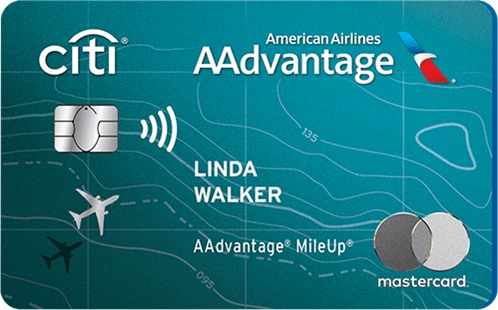Balancing Acts: Transferring Credit Card Balances and What You Need to Know
n the vast world of personal finance, balance transfers have emerged as a powerful tool for those grappling with credit card debt. While seemingly a silver bullet for high-interest balances, they come with their own set of nuances. By offering clarity on the mechanics, benefits, and potential pitfalls of balance transfers, this article aspires to provide you with a comprehensive roadmap, ensuring you make informed choices in your quest for financial stability.
Lifting the Veil: What is a Balance Transfer?
At its core, a balance transfer involves shifting debt from one credit card to another, typically one with a lower interest rate. This is often a strategic move aimed at consolidating debt and reducing interest costs.
The Appeal of Balance Transfers: Key Benefits
- Lower Interest Rates: The primary allure of balance transfers is the potential for significantly lower interest rates, often starting at 0% during promotional periods.
- Simplified Payments: By consolidating debts from multiple cards into one, you reduce the hassle of managing several due dates and payments.
- Faster Debt Reduction: With reduced interest, a larger portion of your monthly payment goes towards the principal, accelerating the debt repayment process.
Navigating the Intricacies: Things to Consider Before Making a Transfer
- Promotional Periods: Many cards offer low or 0% interest as a promotional rate. It’s crucial to understand the duration of this period and what the interest rate will revert to afterward.
- Transfer Fees: Most balance transfers aren’t free. Typically, there’s a fee involved, calculated as a percentage of the transferred amount. It’s essential to factor this into your cost-benefit analysis.
- Credit Score Impact: Opening a new credit card can temporarily dip your credit score due to a hard inquiry. However, in the long run, it might benefit your credit utilization ratio, potentially boosting your score.
Best Practices for a Successful Balance Transfer
- Evaluate Offers: Not all balance transfer offers are created equal. Compare terms, fees, and post-promotional rates before deciding.
- Plan Your Repayment: Aim to clear the transferred balance within the promotional period to maximize savings.
- Avoid New Debt: Refrain from racking up new charges on both your old card and the new one. The goal is debt reduction, not creating new balances.
Potential Pitfalls and How to Avoid Them
- Reverting to High Rates: If you don’t clear the balance within the promotional period, you might end up paying high-interest rates on the remaining amount.
- Loss of Promotional Rate: Some cards might revoke the promotional rate if you miss a payment. Ensure timely payments to avoid this pitfall.
- Overloading a Single Card: If you transfer too much debt to one card, you risk maxing it out. This can negatively impact your credit utilization ratio and, consequently, your credit score.
In Conclusion: The Balance Transfer Balancing Act
While balance transfers offer a promising avenue for those seeking relief from high-interest credit card debt, they’re not a one-size-fits-all solution. By understanding their intricacies, weighing the benefits against potential pitfalls, and adopting a strategic approach, you can harness their power effectively, setting the stage for a healthier financial future.





